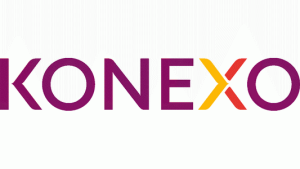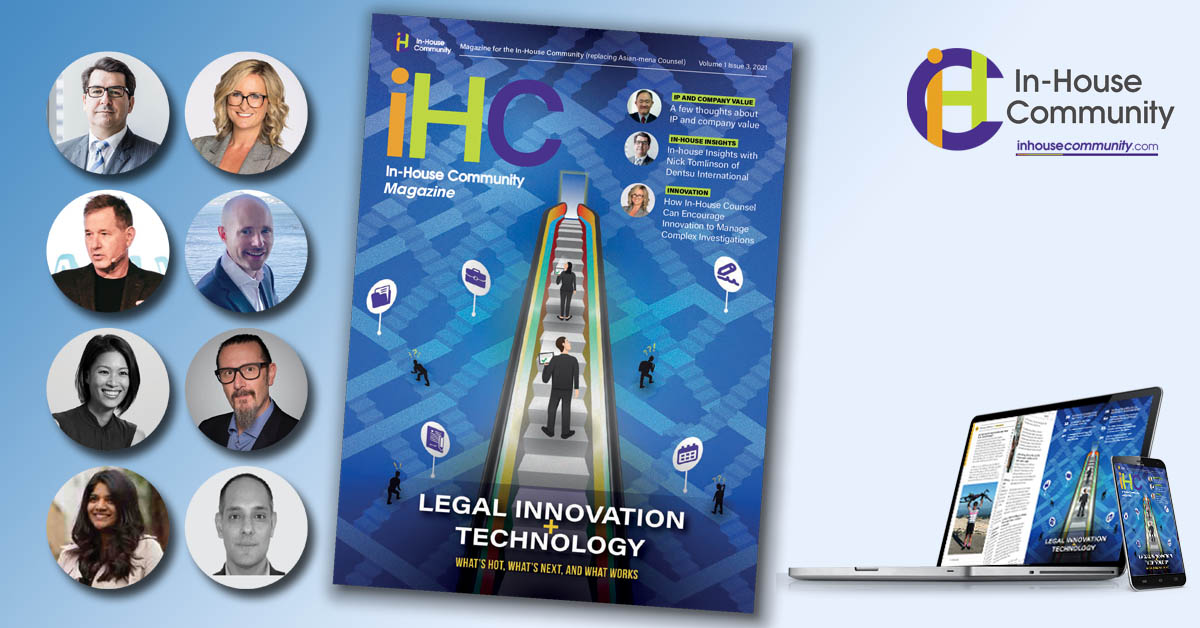
Poor contract management means you might be losing up to 9% of your annual revenue. Konexo head of technology and transformation Babar Hayat explains how to plug the leaks.
The surveys make grim reading across the legal and finance sectors. The World Commerce and Contracting suggests that, on average, companies are losing 9% of their annual revenue as a result of poor contract management. ThoughtRiver, one of our technology partners, has found that 69% of the senior lawyers and general counsel (GCs) surveyed don’t have good visibility of their major contractual obligations.
“Revenue leakage is a challenge that a lot of organizations face,” explained Hayat. “They have contracts in place with customers and suppliers, but they don’t necessarily come to realize the value of that contract.” Poor contract management processes such as expired contracts, missed deadlines, unimplemented amendments, unenforced price increases or forgotten renewal fees are some of the reasons an organization may miss the opportunity to maximize the value of its contracts.
How Big Is The Hole?
With the economy set to be hit further by the fallout of the global Covid-19 pandemic, plus more localized issues specific to the different countries across Asia, not wasting potential income is more important than ever.
“Things will undoubtedly be tougher in the wake of the pandemic and it’s not just a legal problem,” said Hayat. “If you’re a chief financial officer or GC of a business with hundreds or thousands of contracts, and you don’t realize the maximum from them, that is a big problem. Effective contract management can pivot the in-house function from being a cost line to a revenue generator.
“It’s a big challenge, though. With large numbers of contracts, how do you easily identify those leakage issues? How do you make sure you’re meeting your contractual obligations? Are you passing on annual inflationary price increases? There are lots of things to consider that can represent significant value for organizations.”
Fixing The Leaks
“Our starting point is always trying to understand the scale of the problem,” said Hayat.
“Stage one is to take a sample selection of contracts and look for key criteria, such as expiry dates or service level agreements (SLAs) or minimum spend commitments. We use artificial intelligence tools which can quickly identify the key data points. We then reconcile them within the organization’s financial system. This allows us to find the contracts and evaluate the scale and benefit of resolving the issue.
“Stage two is resolving the issues identified. We can support the recovery on high value/risk contracts in a timely and cost-effective way. By liaising directly with the relevant contractual counterparty on your behalf, revenue leakage can be plugged without monopolizing valuable in house legal, procurement or finance time.
“There’s a longer-term picture here as well. Doing this as a one-off exercise is fine and it will clearly deliver benefit. But it’s important to think about how you manage your contracts on an ongoing basis. We can help you by optimizing your contract management processes, using technology to track contractual obligations quickly and efficiently. We can also embed automatic reminders to help manage the process because, a year down the line, you don’t want to be back in the same position.”
 |
Babar Hayat
Babar is the Head of Product, Tech Innovation Konexo is a provider of legal and compliance |
*This article is the IHC Magazine’s off-shore update for July 2021 issue. Click here to read the full magazine



